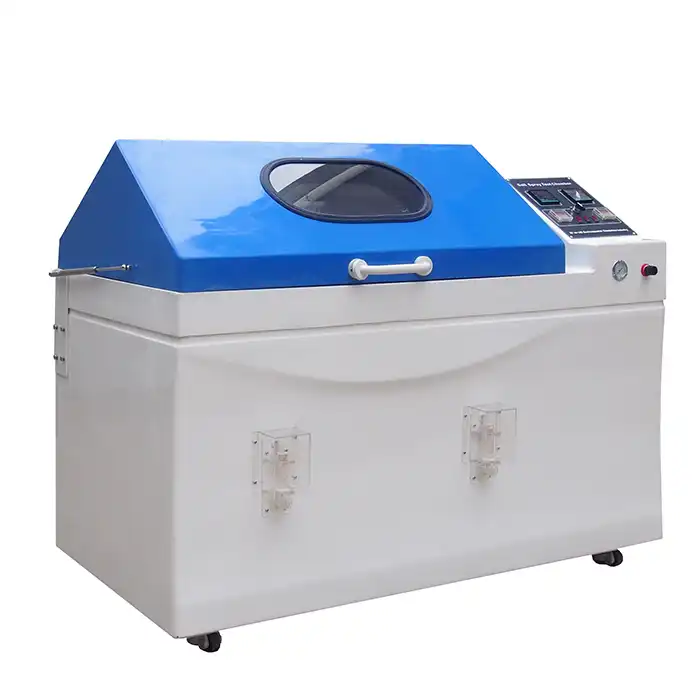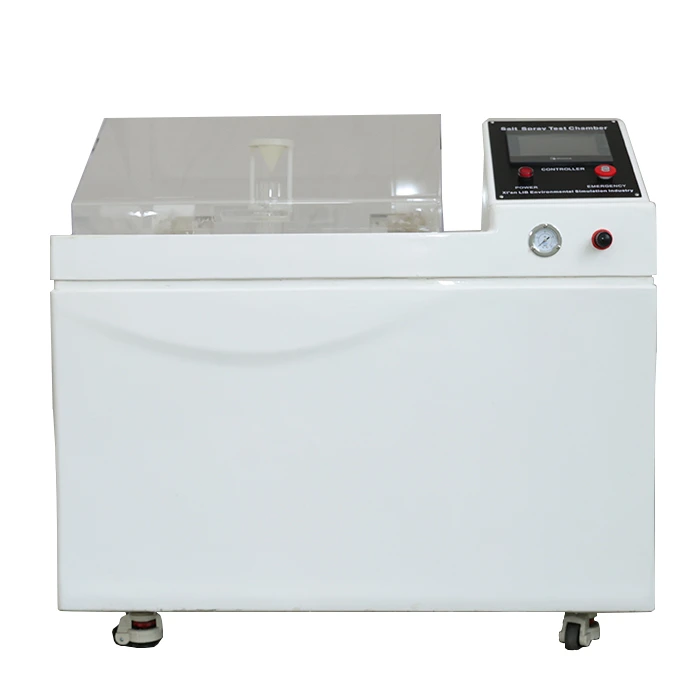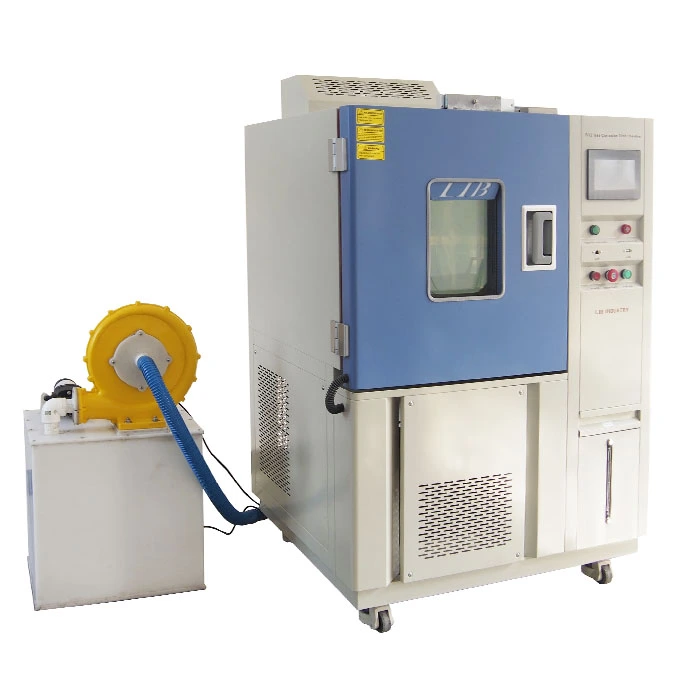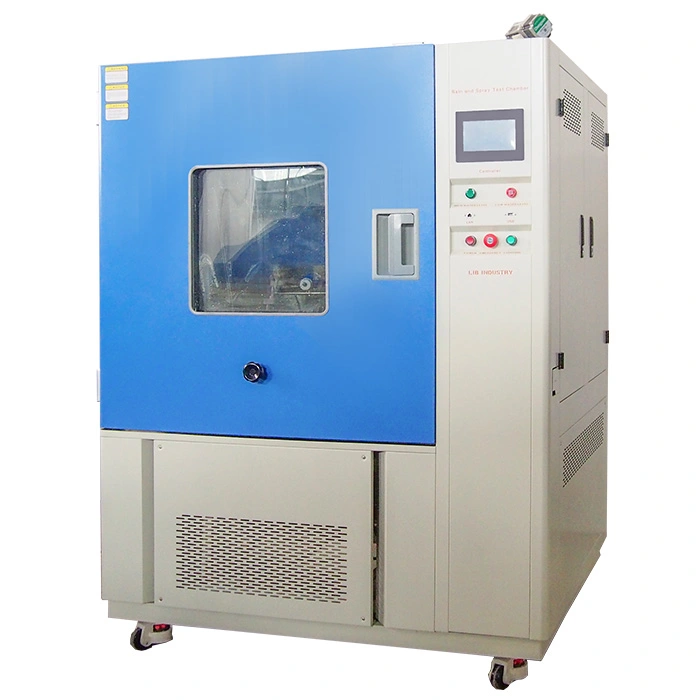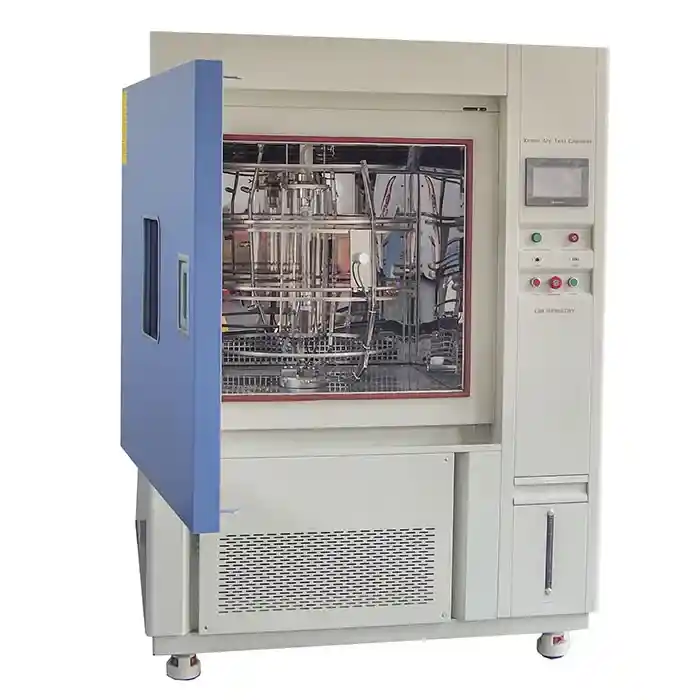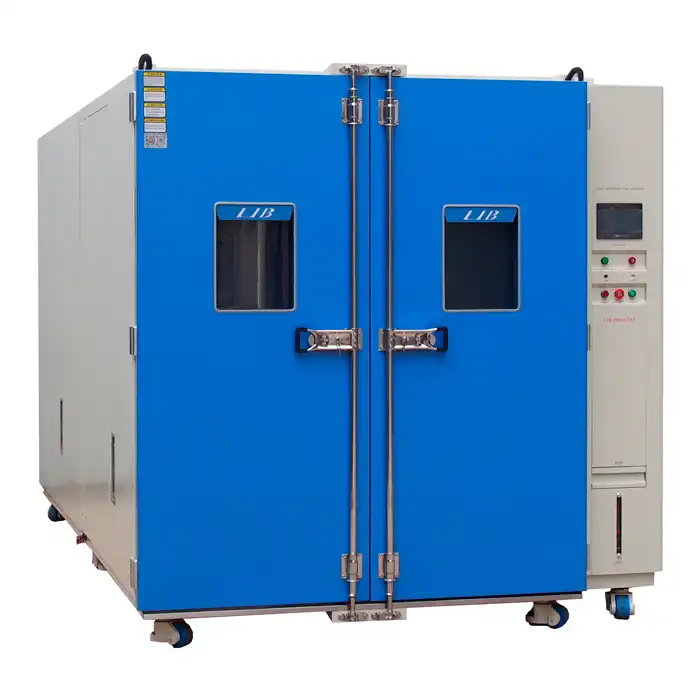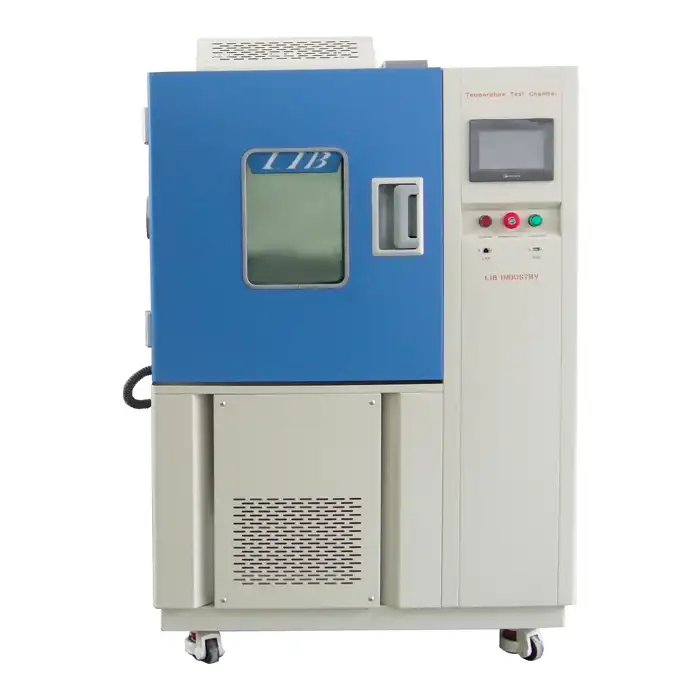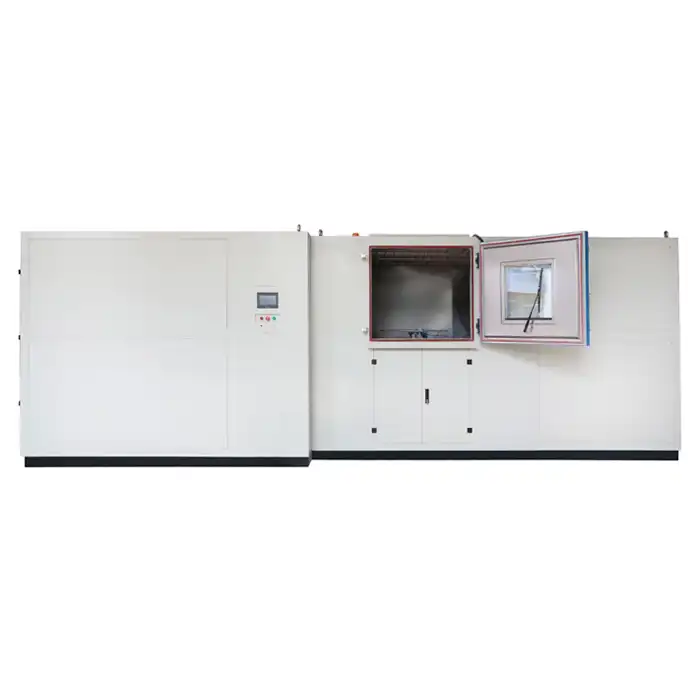What is the difference between IP6KX and IP6X?
Ingress Protection (IP) ratings are essential for determining the degree of protection provided by enclosures against dust and water. IP6X and IP6KX are two such ratings that often cause confusion due to their similarities and differences. This blog aims to elucidate the distinctions between IP6X and IP6KX and how they relate to the DI-2000 IP6X Dust Chamber.
What Does IP6X Mean for the DI-2000 IP6X Dust Chamber?
The IP6X rating is a part of the International Protection Marking (IP code), defined by the IEC 60529 standard. This rating signifies that a product is completely dust-tight, ensuring no ingress of dust. For the DI-2000 IP6X Dust Chamber, this means it is designed to test products for dust resistance, making sure they comply with the IP6X standard by exposing them to a controlled dust environment.
Applications and Importance of IP6X for the DI-2000 IP6X Dust Chamber
Consumer Electronics Testing: Devices like smartphones, tablets, and laptops require rigorous dust resistance testing to ensure longevity and reliability, especially in dusty environments. The DI-2000 IP6X Dust Chamber provides a controlled environment to test these devices thoroughly.
Industrial Equipment Testing: Industrial tools and machinery need to be protected from dust to avoid wear and malfunction. The DI-2000 IP6X Dust Chamber is crucial for testing these products to ensure they meet the necessary standards.
The IP6X rating is critical for manufacturers across various industries to ensure their products can withstand dusty environments without compromising functionality. This level of testing is integral in product development and quality assurance processes.
How is IP6KX Different from IP6X?
IP6KX, as defined under the ISO 20653 standard, is more specific to automotive and other specialized industries. While it shares the same level of dust protection as IP6X, meaning it is also dust-tight, the "K" indicates additional testing, often involving more stringent conditions such as high-pressure water jets. This makes IP6KX suitable for harsher environments.
Key Differences
Standard: IP6X is defined by IEC 60529, while IP6KX is under ISO 20653.
Testing Conditions: IP6KX ratings typically involve additional tests beyond dust ingress, often related to water ingress under higher pressures, making it suitable for more rigorous environments like automotive applications.
The primary difference between IP6X and IP6KX lies in their testing standards and conditions. While both ratings provide dust-tight protection, IP6KX includes additional tests to ensure resilience against more extreme conditions, such as high-pressure water jets, which are common in automotive environments.
Why is the DI-2000 IP6X Dust Chamber Important for Automotive Components?
Automotive environments expose components to dust, water, and varying temperatures. The DI-2000 IP6X Dust Chamber ensures these components can withstand such conditions without compromising performance.
Enhanced Protection for Vehicles
Durability: Automotive components with IP6KX ratings can endure high-pressure water jets, ensuring no dust or water ingress that could impair functionality. The DI-2000 IP6X Dust Chamber is integral in testing these components to meet IP6X standards before advancing to IP6KX testing.
Reliability: Ensuring vehicle components, such as sensors and connectors, remain operational under extreme conditions is critical. The DI-2000 IP6X Dust Chamber provides a reliable environment to test and verify these components' resistance to dust.
The DI-2000 IP6X Dust Chamber plays a vital role in the automotive industry by providing a controlled environment to test components against dust ingress. This ensures that components can maintain functionality and reliability under harsh conditions, which is essential for automotive safety and performance.
How to Use the DI-2000 IP6X Dust Chamber?
Using the DI-2000 IP6X Dust Chamber involves several steps to ensure accurate and consistent testing of products for dust resistance.
Step-by-Step Usage
Setup: Properly configure the chamber according to the manufacturer's guidelines to ensure a controlled testing environment.
Product Placement: Place the product inside the chamber, making sure it is correctly positioned to receive uniform dust exposure.
Test Execution: Initiate the dust test, where the chamber disperses a significant amount of dust, simulating real-world conditions.
Evaluation: After the test, evaluate the product to determine if any dust has entered the enclosure, ensuring it meets the IP6X standard.
Using the DI-2000 IP6X Dust Chamber correctly is essential for obtaining accurate and reliable test results. The following detailed steps ensure thorough testing and compliance with the IP6X standard:
Setup
Before initiating any tests, ensure that the DI-2000 IP6X Dust Chamber is set up according to the manufacturer’s instructions. This includes:
Calibrating the Equipment: Ensure all sensors and controls are properly calibrated.
Preparing the Dust: Use the specified type of dust, often a fine talcum powder, as per the IEC 60529 standard.
Configuring the Environment: Set the chamber to the required temperature and humidity levels to replicate real-world conditions.
Product Placement
Carefully place the product inside the chamber:
Orientation: Position the product as it would be used in real life to ensure realistic exposure.
Securing the Product: Make sure the product is stable and will not move during the test, as this could affect the results.
Test Execution
Initiate the test process:
Dust Dispersion: Activate the dust dispersal mechanism to ensure an even distribution of dust throughout the chamber.
Duration: Run the test for the prescribed duration, typically 8 hours, to simulate extended exposure to dusty conditions.
Evaluation
After the test, meticulously evaluate the product:
Inspection: Visually inspect the product for any signs of dust ingress.
Functionality Test: Check if the product’s functionality is affected by dust penetration.
Documentation: Record all findings, including any dust ingress and the product’s operational status, for quality assurance and future reference.
The DI-2000 IP6X Dust Chamber provides a controlled and repeatable environment to ensure products meet the stringent IP6X standards. Proper usage of the chamber is critical for manufacturers to validate the dust resistance of their products, ensuring reliability and compliance with industry standards.
What Are the Benefits of Using the DI-2000 IP6X Dust Chamber?
The DI-2000 IP6X Dust Chamber offers numerous benefits for manufacturers and testers in various industries.
Key Benefits
Accuracy: Provides precise and repeatable testing conditions, ensuring reliable results.
Efficiency: Streamlines the testing process, allowing multiple products to be tested under the same conditions quickly.
Compliance: Helps ensure products meet industry standards for dust resistance, enhancing their marketability and reliability.
The DI-2000 IP6X Dust Chamber is a valuable tool for manufacturers aiming to produce high-quality, durable products. By providing a controlled environment for rigorous dust testing, it ensures products can withstand real-world conditions, thus enhancing their reliability and lifespan.
Conclusion
Understanding the differences between IP6X and IP6KX and utilizing the DI-2000 IP6X Dust Chamber for testing can significantly impact the quality and reliability of products. While both ratings offer dust-tight protection, IP6KX provides additional assurance in more demanding environments, particularly in the automotive industry. By choosing the appropriate rating and testing method, manufacturers can ensure their products' longevity and reliability, regardless of the conditions they face.
For further inquiries, contact ellen@lib-industry.com.
References
Reactual. "The IP Code: A Guide To Waterproof and Dustproof Ratings."
Wikipedia. "IP Code."
Keystone Compliance. "IP6X Dust Ingress Protection Testing."
Megalab Group Inc. "A Guide to IP Codes for Vehicle Electrical Components: Understanding ISO 20653 Standard."
Keystone Compliance. "IP5X & IP6X Dust Test Lab."
F2 Labs. "IP69 vs IP69K - IP69 Standard Explanation."
Boulder Electronics. "Making Things Waterproof – IP Ratings Explained."
Storyteller Tech. "IPX Waterproof Rating Chart: All IPX Codes (0-9) Explained."
Techni-Torque. "Understanding Vibration Testing Standards."
Smithers. "The Importance of Vibration Testing."
For more detailed information, please feel free to reach out to ellen@lib-industry.com.



